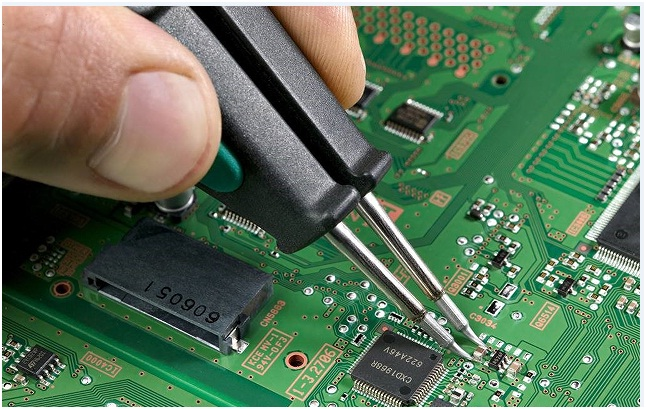What are the apertures of pcb through holes?
There are many types of PCB through hole apertures, and different apertures can be selected according to different application requirements and design requirements. The following will detail the aperture of several common PCB through holes and the difference between PCB through holes and through holes.
一、the aperture type of PCB through hole
1. Standard aperture (PCB Standard Hole) : Usually in PCB design, a circular hole with a aperture greater than or equal to 0.4mm is called the standard aperture. This aperture is commonly used to secure the PCB board and component pin connections.
2. Micro Hole aperture: Micro hole aperture refers to a circular hole with a diameter of less than 0.4mm. With the increasing miniaturization of electronic devices, there is a higher demand for PCB design, so micropore apertures are gradually becoming popular. Applications for microaperture include small electronic devices such as laptops and mobile phones.
3. Threaded Hole (Treaded Hole) : threaded holes are threaded through holes, usually used to install components with threaded interfaces, such as connectors or heat sinks.
二、the difference between PCB through hole and through hole
PCB through hole and through hole are different in the use of PCB board, there are mainly the following differences:
1. PCB Design Intention: PCB holes are intentionally reserved holes in the design, and will be processed to connect at least two PCB layers. Through holes are designed to connect a specific layer or component, and their location is determined by design requirements.
2, Signal Connection (Signal Connection) : PCB through the hole is the signal pin from one layer to another layer to achieve signal transmission. Through holes are mainly used to fix PCB boards and components and provide mechanical support.
3. Manufacturing Process: PCB holes will be treated with special tools and materials during the manufacturing process, usually by electroplating to increase electrical conductivity. The through hole is relatively simple, usually only need to machined a hole in the corresponding position.
4. Structural Support: The existence of PCB holes can increase the structural stability and rigidity of the PCB board, and play a supporting role. Although the through hole can also increase a certain degree of rigidity, its main purpose is to provide fixed and connected functions.
In summary, the aperture of the PCB through hole includes a standard aperture, a microaperture and a threaded hole. The difference between PCB through holes and through holes is mainly reflected in the design intention, signal connection, processing technology and structural support. Different PCB design and assembly requirements can be met by selecting different aperture types and using suitable through-holes or through-holes.
